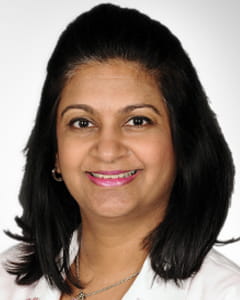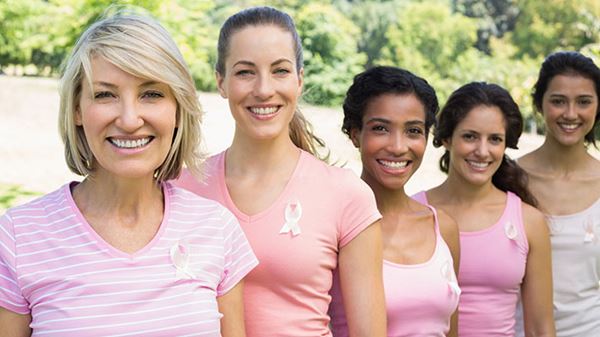10 Common Breast Cancer Myths—and the Real Facts
It is an unfortunate reality that 1 in 8 women will eventually develop breast cancer. While this statistic may be alarming, advances in awareness, detection and treatment have led to significantly better survival rates.
Annually, millions of people will raise awareness by participating in fundraising walks, organizing rallies and wearing pink attire.
These efforts are wonderful—and necessary—but we can do even more. Despite increased awareness, many women still have misconceptions about breast cancer. As doctors, it is our responsibility to provide accurate medical information to empower our patients. Accordingly, here are ten myths—and real facts—that every woman should know about breast cancer:
Myth: Only women with a family history of breast cancer are at risk of getting breast cancer
Fact: Only 8 percent of breast cancer is familial, and only about 13 percent of women diagnosed have a mother, sister or daughter with breast cancer, according to the Susan G. Komen Foundation. Though the majority of women diagnosed with breast cancer have no family history of the disease, they may have other risk factors, such as age, previous ovarian cancer, long-term exposure to estrogen or progesterone hormones or dense breast tissue.
Myth: Only your mother's family history of breast cancer can affect your risk
Fact: Though breast cancer is largely gender-specific, breast cancer in either parent or either side of the family can affect risk equally. A history of related cancers, such as colon or prostate cancer in a father or brother, can increase a woman’s risk for breast cancer. In addition, your father’s family history of breast cancer—particularly within the women in his family—can be a risk factor.
Myth: Older women are less likely to get breast cancer
Fact: Risk actually increases with age. Women over the age of 30 have a 1 in 2200 chance of developing breast cancer, but that risk increases ten-fold to 1 in 220 for women 40 and older. Women 80 and older have the highest risk of developing breast cancer, about 1 in 8.
Myth: Only women get breast cancer
Fact: This year, more than 2,000 men will be diagnosed with breast cancer. Men account for only one percent of all breast cancers, but they can develop the disease for the same reasons that women do, such as aging, family history and radiation or estrogen exposure. Their treatment for breast cancer also is very similar to that of women.
Myth: Mammograms detect all breast cancers
Fact: Mammograms detects only 80-85 percent of cancers. Mammograms can sometimes have false-positive or false-negative results. If your recent mammogram is normal, but you feel a lump or experience an abnormal change in your breast, you should see your doctor right away.
Myth: Mammograms prevent breast cancer
Fact: While mammograms can detect most instances of breast cancer and lead to early treatment, they cannot prevent the disease. There is no definitive way to prevent breast cancer, but there are several things that you can do to reduce your risk, such as maintaining a healthy lifestyle and being physically active.
Myth: If a breast lump is painful, it is not cancer
Fact: About 10 percent of breast cancer lumps can be painful, so do not ignore them.
Myth: Eating high-fat foods causes breast cancer
Fact: Though some studies have indicated that a high-fat diet may increase some women’s breast cancer risks, the link between saturated fat and breast cancer development is extremely tenuous at best. The evidence just isn’t strong enough to make this conclusion.
Myth: Antiperspirants and deodorants cause breast cancer
Fact: There is no conclusive evidence that proves this to be true.
Myth: Under-wire bras cause breast cancer
Fact: Sometimes breast cancer myths are so absurd that it’s a wonder why anyone would believe them. The under-wire bra myth fits this category. It emerged from the belief that these bras compress the lymphatic system of the breast, leading to the development of cancer-causing toxins. There’s no evidence of this—or of any other bra increasing your breast cancer risk.
Breast cancer affects so many lives. While the attention it receives in October is wonderful, we need to place greater emphasis on preventing and fighting the disease year-round. That starts with knowledge—and I hope I’ve cleared up some common misconceptions so that you are more informed about the realities of breast cancer.
One in eight women will be diagnosed with breast cancer.



